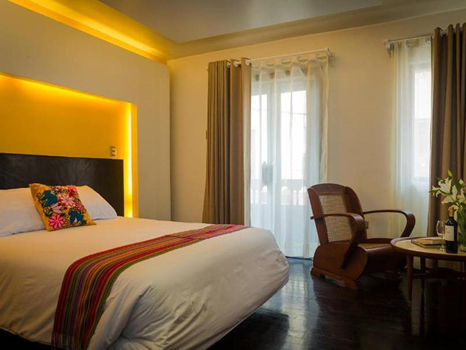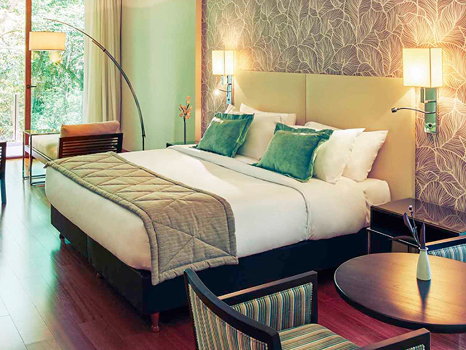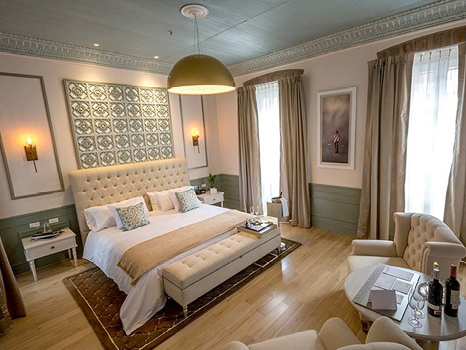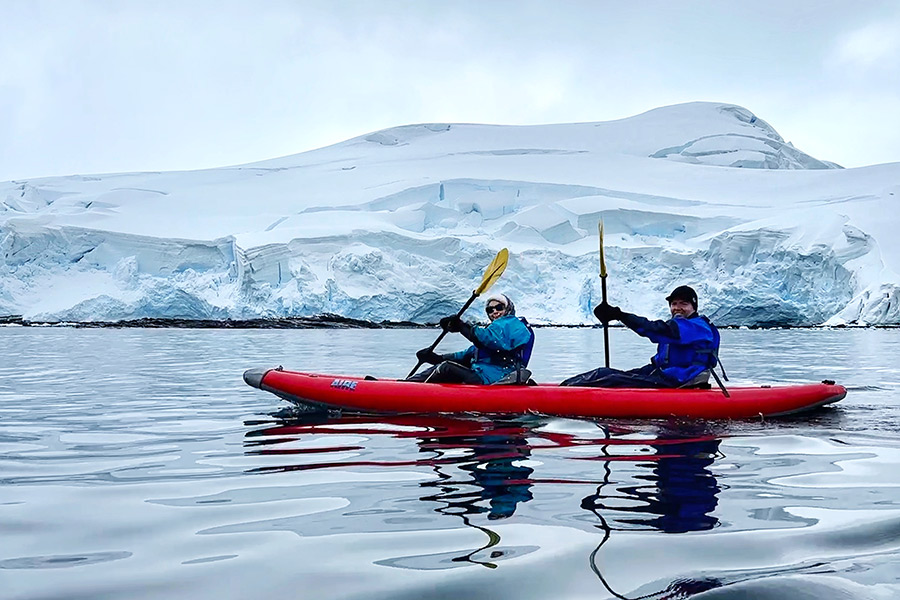During the early hours of the day, we approach the massive rock walls of the Blosseville Coast. A hundred years ago this coastline was feared by sailors due to the almost permanent sea ice, which even in summer could trap and crush unsuspecting ships. However, warmer temperatures during the last decades and huge advances in marine technology mean this forbidding coast and its sheltered landings in the dramatic fjords can now be accessed by certain ice-strengthened vessels such as ours.
For this important day, Albatros Expeditions have carefully researched the best possible viewing location – a location as close to eclipse centre line as possible, with easy Zodiac access, views unobstructed by mountains to the southwest and likely to have clear skies. Ocean Albatros will drop anchor close to the shore around noon. Our expedition staff will scout the area for wildlife, and after lunch all guests will get ashore by Zodiac in good time to set up their equipment and view this natural wonder.
The shadow of the moon moves toward us from north Greenland at a speed of 4,000 kilometre per hour. The partial eclipse begins at 16:37 local time (the same as UTC and Reykjavík time), and the totality begins at 17:37. The sun at maximum eclipse will be in the southwestern sky, unobstructed by any mountains at the mouth of our little fjord. At 17:40 the first rays slip past the lunar disk to create the legendary “Diamond Ring” – and then the totality is over. The spectacle ends around 18:33 when the last fringe of the moon leaves the solar disk, and the shadow continues south toward the northern coast of Spain. We will pack up our equipment, tripods, and other belongings and return to the ship, where a gala dinner has been prepared for this very special day!
Eclipse photography - a word of advice
Much has been written about how to take good pictures during a solar eclipse. The most important phrase in almost all these descriptions is: DON’T! It is extremely difficult to get good pictures, especially during totality, and it requires very advanced equipment and knowledge. If you do not have this, you risk missing the most important thing, namely experiencing the special and unreal atmosphere that a total solar eclipse gives. Instead, use the short span of the eclipse to observe the effect of the fast-changing light on the landscape. And when turning your eyes towards the sun, always wear the solar eclipse glasses provided to you by Albatros Expeditions.































